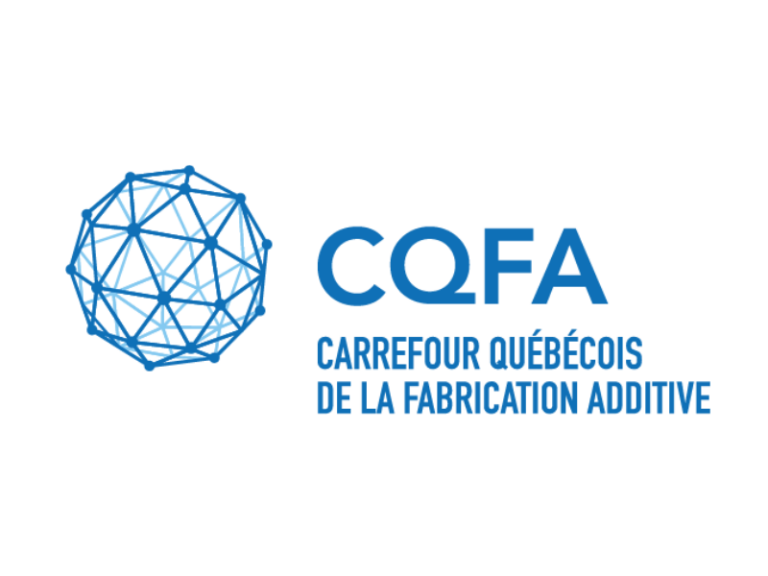
2024/11/25
Unveiling the impact of short fibre reinforcement and extrusion properties on microstructure of 3D printed polycarbonate composites
Tikhani, F.; Gurbin, A.; Hubert, P. (2024). Unveiling the impact of short fibre reinforcement and extrusion properties on microstructure of 3D printed polycarbonate composites. Additive manufacturing, 2024, vol. 93, 104423.
In the evolving realm of additive manufacturing, this study investigates the microstructural and mechanical implications of short fibre reinforcement within Polycarbonate (PC) composites fabricated via material extrusion (MEX). The research specifically examines the roles of extrusion temperature, extrusion multiplier and fibre content on void content and fibre alignment, with a focus on their influence on inter-bead strength and overall print quality. Through a combination of high-resolution micro-CT scanning and mechanical testing, the study reveals that an increase in the extrusion multiplier significantly enhances fibre-bridging up to 47 % and inter-bead adhesion up to 237 % depending on the fibre content. It also traces an optimal fibre content threshold that maximizes benefits of fibre bridging, thereby bolstering the mechanical properties of the material. The comprehensive analysis demonstrates that precise control over the extrusion parameters as well as filament quality are crucial for exploiting the full potential of fibre reinforcement in 3D printed structures. This research advances our understanding of MEX in fabricating short fibre-reinforced composites, offering novel insights for tailoring material properties to meet the demands of high-performance applications.